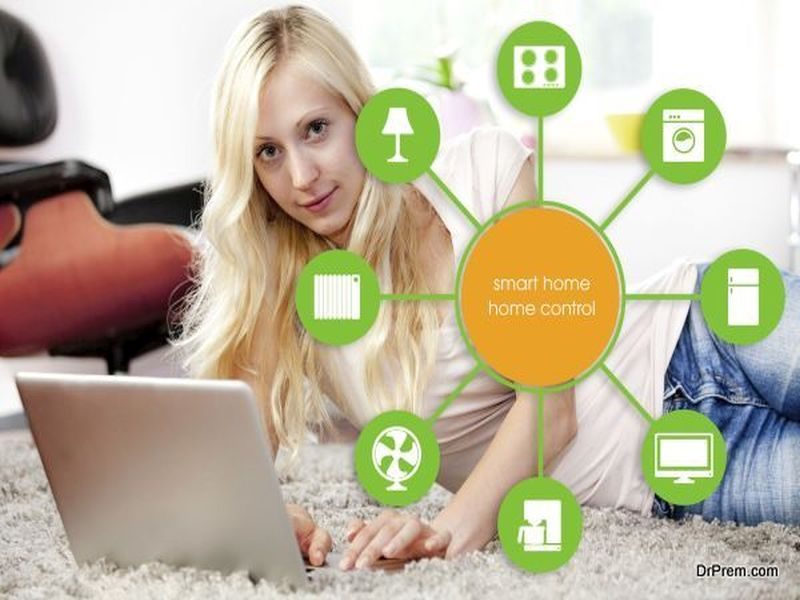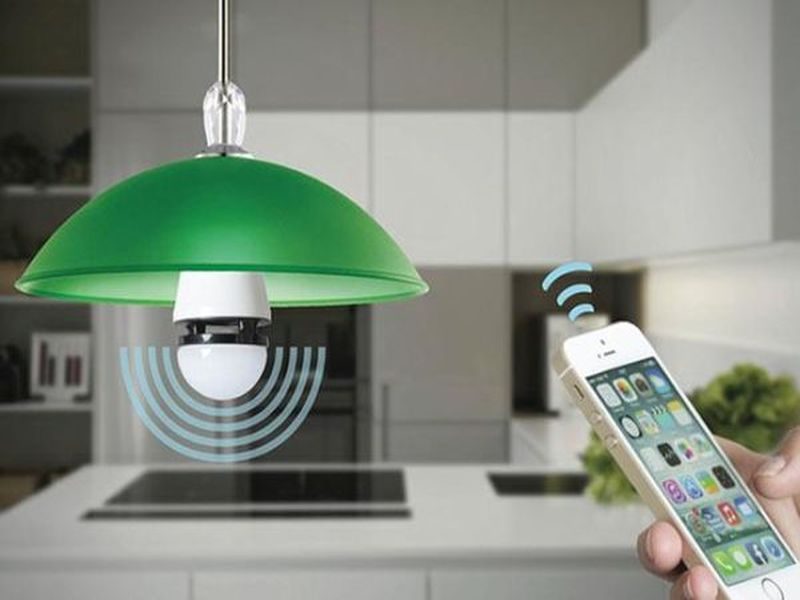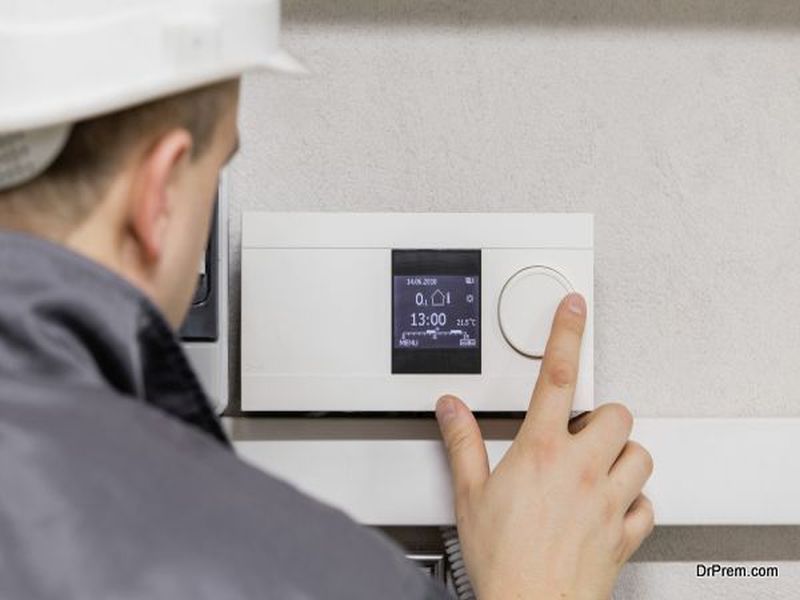Smart homes are homes wherein the devices within the home can communicate with each other. These devices can include air conditioning and heating systems, computers, security systems, and other appliances. Not only can the devices communicate with one another to conserve energy and save you money, but you can also control them remotely using your phone or the internet. While you’ll find many benefits to smart homes, consider some of their drawbacks before updating your home to a smart home.
Hacking and Security Concerns
One of the drawbacks to having your home upgraded with smart technology is that you’ll increase the chances for an intruder to hack into these devices. When you use the original password that comes with the smart device, this basic password allows anyone to easily hack your device and steal identifying information from it.
Requirements for a Fast Internet Connection

In order to have all of your devices operating correctly in a smart home, you’ll need an excellent internet connection and speed. Smart homes typically use one wireless router which connects to each smart device in use. Through this wireless router, you can operate all devices remotely. While upgrading your home to a smart home can result in benefits such as lowering your heating, ventilation, and air conditioning costs, you’ll have to decide whether those benefits are worth a higher cost to maintain these devices.
Costs to Upgrade Objects
This one is simple. The cost of upgrading anything in your home to smart devices can be quite high. One popular smart thermostat, the Nest, costs more than $200, for example. The Anova Precision Cooker is slightly under $200. Other smart devices such as the Amazon Echo can cost you more money. If you’re planning to upgrade all the devices in your home, you could spend about $1,000 to $2,000 on average.
Unpredictability of Updated Devices

These updated devices can sometimes have lives of their own. Smart devices can take awhile to get accustomed to your family’s schedule, and these smart devices may not always act the way you would expect. For example, if you are home sick from work one day in the winter, your smart thermostat may not catch on that you are still around and it may continue its preprogrammed routine of lowering the heat during the daytime hours.
I Still Want a Smart Home: What is the Best Way to Go About Creating One?
For some people, the benefits of having a smart home outweigh any drawbacks. If you’ve weighed the pros and cons and decided a smart home is right for you, the best time to update your devices is when you’re buying a home that’s still in the pre-construction phase. For example, you can accomplish your smart home goals with Paradisa Homes, a company which brings comfort, quality, and style to properties in the Austin, Texas, region.
Going about a smart home upgrade in this way will give you full control and allow you to benefit from the latest technology through all of your devices.
Article Submitted By Community Writer




